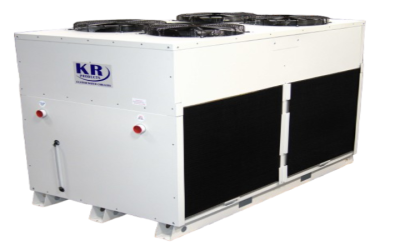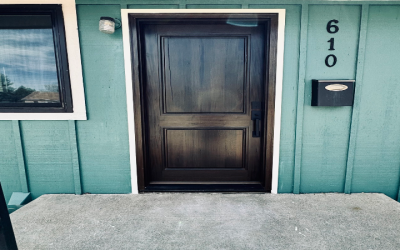The need to construct storm shelters has grown in recent years as weather patterns become more unpredictable and violent. Families and people rely on these shelters to protect themselves from the devastation caused by tornadoes, hurricanes, and severe storms. Understanding the primary components of establishing a safe haven is vital for guaranteeing security and resilience in the event of natural catastrophes.
Understanding the Need for Storm Shelters
As climate change continues to impact weather, communities that formerly saw little severe weather face rising dangers. Tornado-prone areas, in particular, have experienced an extensive increase in violent storms. As a result, many homeowners are looking into storm shelter construction to provide a haven during these unpredictable disasters. A well-designed storm shelter provides peace of mind by guaranteeing that families have a safe location to seek refuge during severe weather. It should also be located away from extensive trees or structures that could cause damage during a storm. Proper location is critical to keeping the shelter intact and effective in the case of severe weather.
Key Features of Effective Storm Shelters
Extreme weather is the design criteria for a successful storm shelter. Construction materials and design have a considerable impact on its effectiveness. Reinforced concrete, steel, and fiberglass are widely utilized materials due to their durability and strength. These materials help resist the forces created by high winds and flying debris, reducing the likelihood of injury or damage to the shelter’s occupants. While it is critical to keep the shelter secure during a storm, adequate airflow is required to maintain the comfort and safety of individuals inside. Another factor to consider is the shelter’s size. Planning for the number of individuals who may require shelter ensures that everyone remains safe and secure during a storm.
Building Regulations and Standards
When creating a storm shelter, it is critical to follow local building laws and regulations. These principles help to verify that the shelter meets safety requirements and can successfully protect against extreme weather. Many regions have storm shelter specifications that include minimum size, building materials, and design elements. Consult with local authorities or a qualified contractor to ensure that these standards are met. In addition to municipal rules, the Federal Emergency Management Agency (FEMA) issues recommendations for storm shelter building. Following these tips can considerably improve the shelter’s effectiveness and provide homeowners with more peace of mind.
Investing in Safety and Peace of Mind
Storm shelter construction is a valuable investment for those who live in locations prone to severe weather. Understanding the significance of these shelters and the aspects involved in their construction allows homeowners to make informed decisions that improve their safety. A well-built storm shelter, with proper planning, materials, and adherence to rules, can provide crucial safety and peace of mind during extreme weather. Ensuring that your family has a safe place to seek refuge is an investment in their safety and well-being during inclement weather.


